A Conversation With Wolf Jaipur: How Heritage Craftsmanship And Sustainability Shape Modern Luxury
Drawing from Mir Taqi Mir’s verses and the visual language of 18th-century miniatures, Gul transforms loss into quiet resilience
Some exhibitions unfurl like a quiet revelation Gul arrives like a whisper from an ancient garden. It strolls in with poetry tucked under its arm, sculpture blooming at its feet, and an unmistakable Jaipur-born soulfulness. Wolf Jaipur’s Ritu and Surya Singh bring their next show to Delhi not with thunder or spectacle, but with the kind of gentle upheaval only art and verse can conjure—reminding us that even in a world cracking at the edges, something still insists on growing. In an interaction with Outlook Luxe, Ritu and Surya Singh reflected on why the show takes root in Mir’s world. Their inspiration extends beyond poetry to the aesthetics and philosophies embedded in miniature paintings and historic garden architecture. The show draws particularly from two 18th-century Indian miniatures—artworks that mirror Mir’s era and the turbulence he endured. These miniatures, rich with symbolism and spatial harmony, form the visual foundation of Gul. Their influence can be felt in the symmetry of the installations, the delicacy of form, and the way sculptures invite the viewer to walk the space like a painting brought to life.
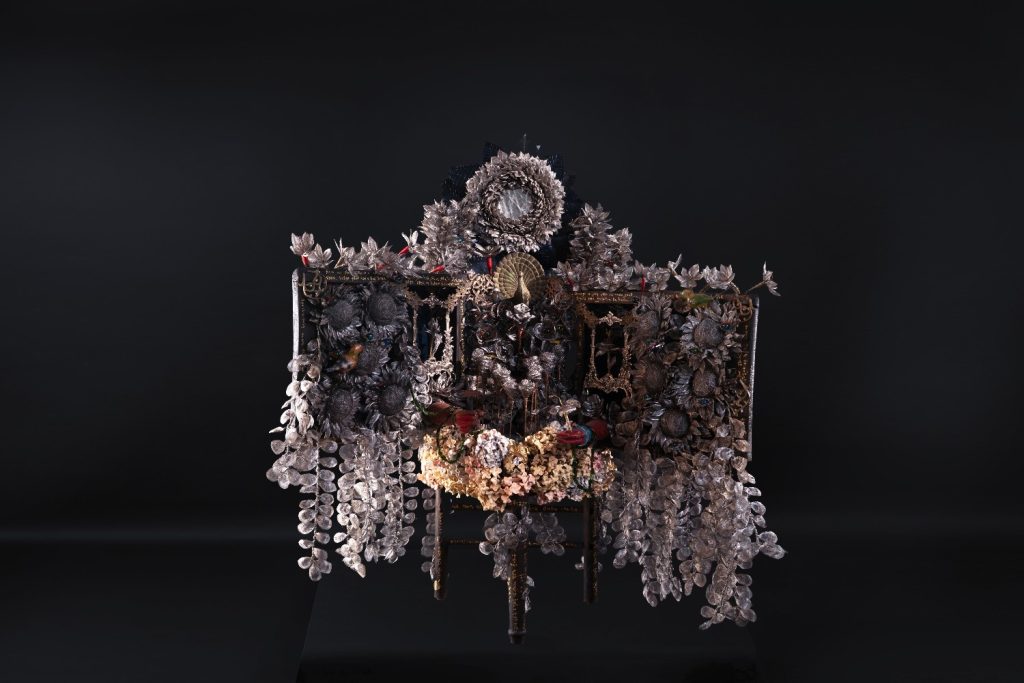
What is the story behind Wolf Jaipur? How did the brand come to life?
Ritu Singh: Wolf came to life in 2013 as a way of allowing ourselves to explore creative possibilities outside of the hospitality venture we were already working in. Both Surya and I enjoyed the process of creating objects using remains and had applied lots of that in doing up The Farm ( previously a hospitality venture now our home, studio and arts residency space). The shift happened when Timmie Kumar of the Clark’s Amer came to visit. She was instrumental in getting us out of our bubble and doing projects with her/ for her insisting that we cannot be doing all this magic only for ourselves.
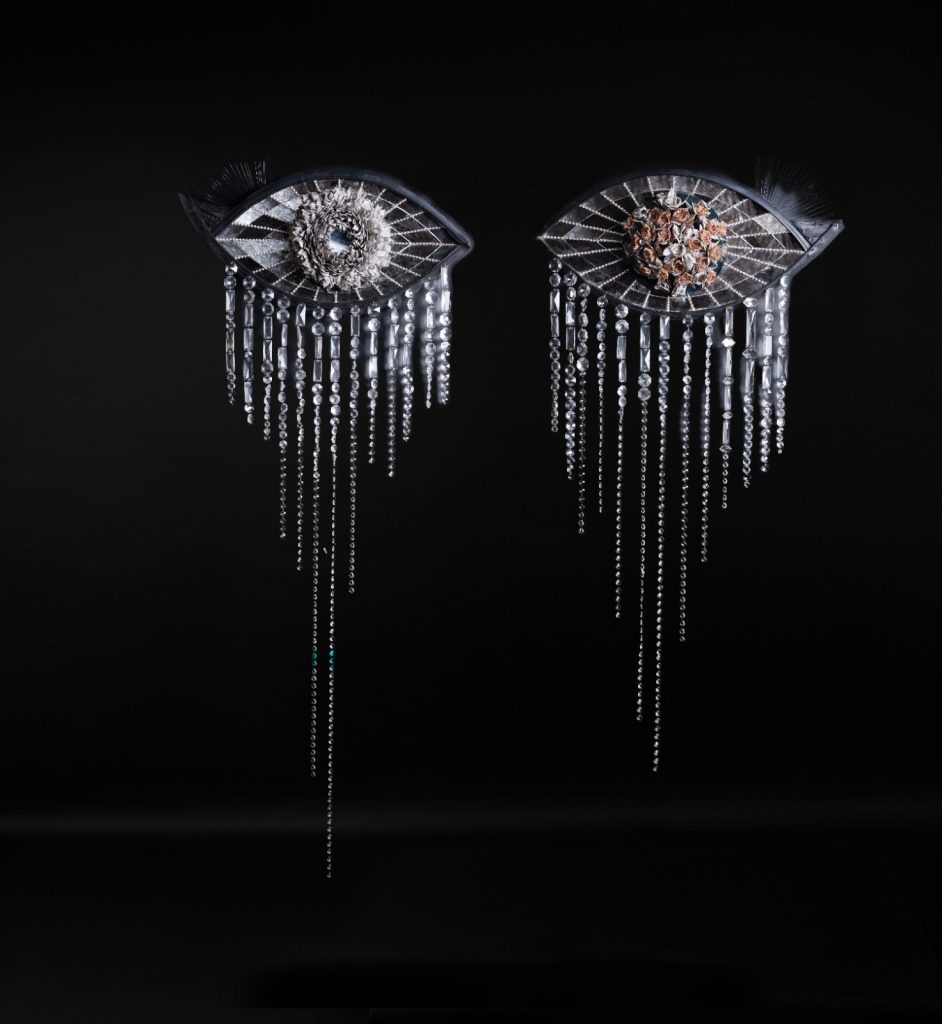
The name ‘Wolf’ is quite intriguing. What does it signify in the context of Jaipur and your creative philosophy?
RS: We knew we needed an umbrella under which all the hands that come together for our work were acknowledged. The seed for Wolf came from another venture from hospitality days. We ran a bar called ‘Flow’ for 3 years- the most fun times were had and one late night musing led Surya to observe that ‘Flow backwards is Wolf, which could be an interesting one for us in whatever we try next’. And then, as we moved into our artistic practice, it was like a wolf pack- An alpha male alpha female leading the pack ( the pack comes together to bring our vision to life). Wolves are very resourceful and waste nothing- much like our practice. And then the offspring of the pack leader is raised by the entire pack and that holds true for us too. Wolf practice has been playground for our growing child and he has been nurtured by the pack through so many ways. Shy creatures who don’t perform at a circus holds true as well.
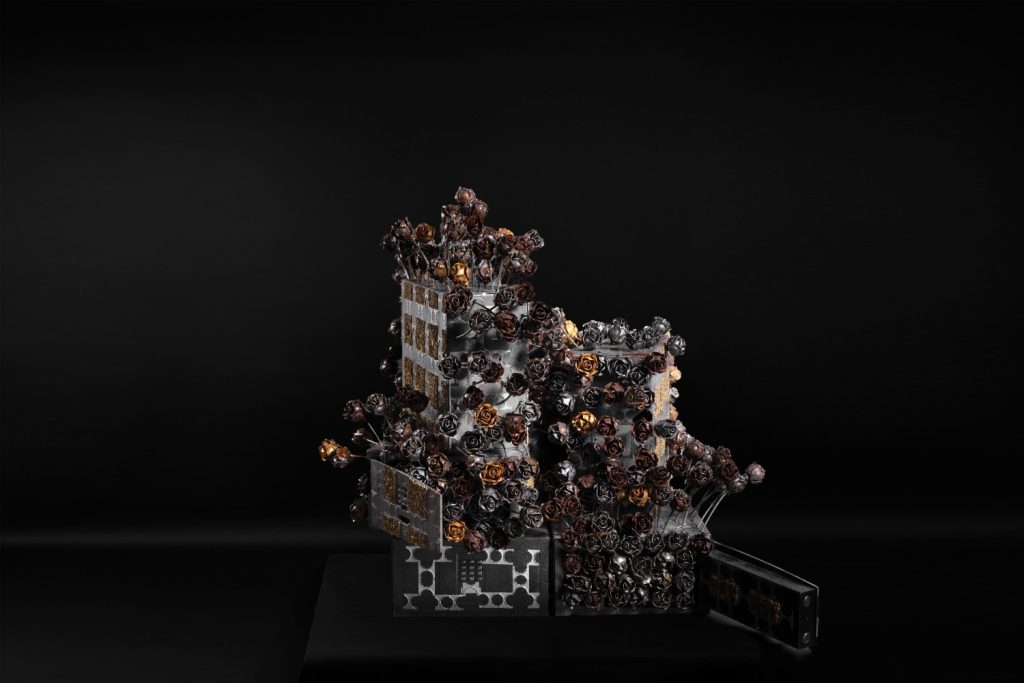
Was there a specific moment or influence that sparked the idea of blending contemporary style with Jaipur’s heritage craftsmanship?
RS: Both Surya and I have roamed the labyrinths of the old city since we were children. Filled with various craft practices , colour, sounds, smells- one didn’t know it then but it had made space within each of us. The idea of using craft narratives within our works came quite organically of wanting to add beauty to the works. This beauty came with generational wisdom which revealed itself to us as we kept delving deeper into the crafts.
Jaipur is known for its rich design language — from jewellery to textiles. How does the city influence your brand identity?
RS: Jaipur remains inspiration and muse, it is our teacher, our guide and this city of endless beauty is such a source of knowledge and skill like no other. This city has so many craftspersons who tell us how they have been doing the same practice in the same place since jaipur city was established almost 300 years ago in 1727. This generational wisdom, the continuation of many many craft narratives all of whom were invited to build this city of arts and culture together. And what a city they built which remains a beacon of light to this day, in fact shining brighter today than ever before.
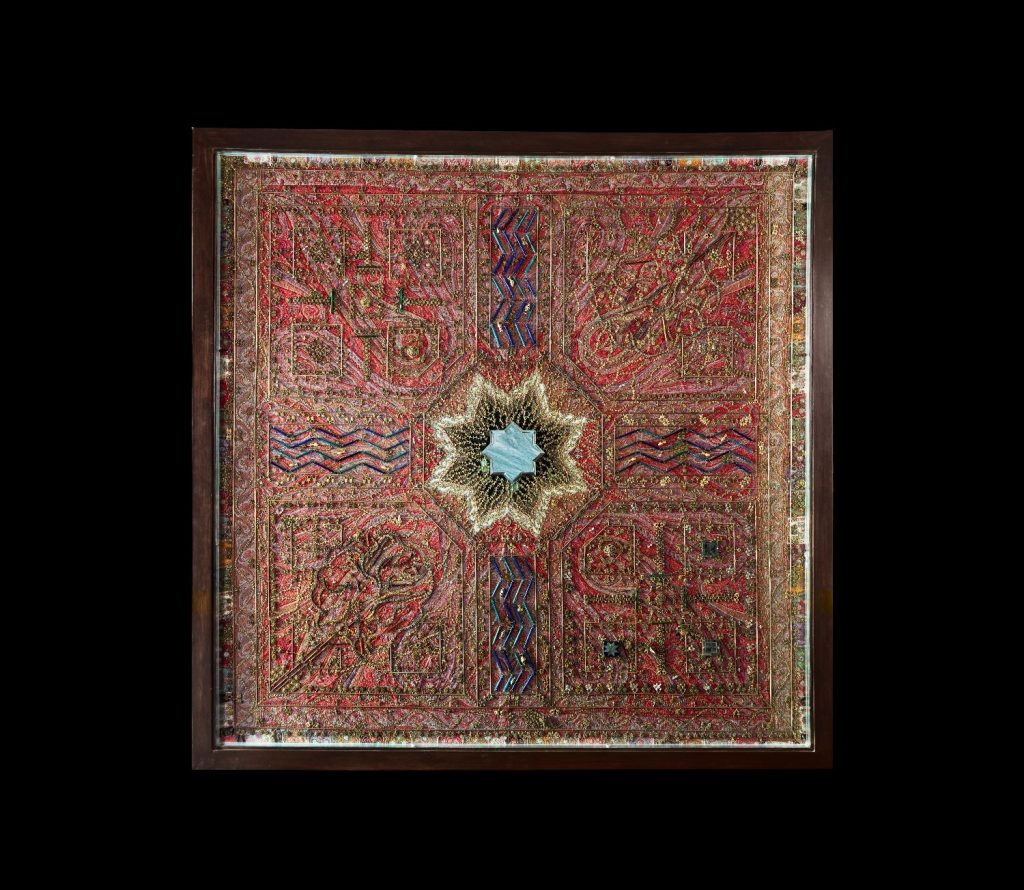
Your designs strike a balance between bold modernity and handcrafted finesse. How do you achieve that equilibrium?
RS: We are artists- not designers. The intent is to make objects that tell a story and holds the power to move people- not be of utility other than as a beautiful object which offers a perspective. We are of the times and believe art must not only portray, it must provoke, it must people see a different perspective, it must make people think! And most importantly, it must reflect the times we are in.
What materials or techniques do you most enjoy experimenting with, and why?
RS: There is constantly new scrap materials coming into the studio, if not from the Saturday flea market in jaipur, then from scrap dealers or factory scrapyards. New things are constantly being tried with materials as well as finding craft narratives which will fit into the story being told. for example, for ‘Gul’, we looked for sanjhi artists, paper cutting artists because of the idea of paper bits being cut out but that makes it vanish- become ‘gul’. We first searched in Jaipur but finally worked with a national award winning family from Mathura.
Craftsmanship in Jaipur has centuries of tradition. How do you reinterpret that heritage for today’s audience?
Surya Singh: Generational wisdom of craft narratives cannot be stressed on enough. The fact that in these families, you start of hear, feel, know the craft from when you are in the womb. There is something so special in sitting in a space where 3 generation’s are working together on the same thing. These generational craftpersons have been our teachers- guiding us on making art, living with it and letting it go. By collaborating with them in art making, it helps them to also see their own practice as beyond utility or decorartive but with meaning.
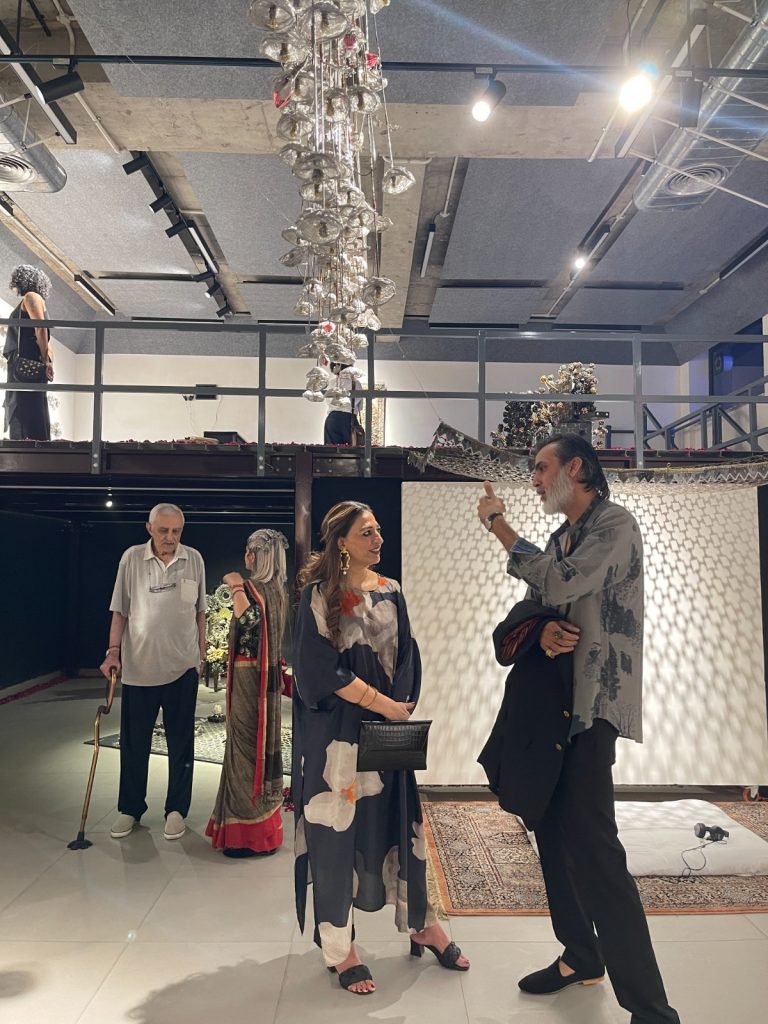
Sustainability and ethical production are big talking points in design today. How does Wolf Jaipur approach these aspects?
SS: From the very beginning we knew we will work with things that other people throw away- because there is no away- we all know that but somehow dont register enough to act on it. We go a step further. Not only is the art made mostly with materials with a previous life that even the packaging is done using scrap from a ‘chappal’ factory. It is astonishing how carelessly people use the term because it is supposedly trending. Their practice may involve using some scrap materials but the plastic, one time used packaging nullifies all the good intent. And maybe it is about the intent- we use the materials we do because the intent is to make people look at scrap and discards differently.
Jaipur’s legacy lies in its centuries-old craft traditions. How does your brand balance honouring that heritage with the need for modern environmental responsibility?
SS: Simply by collaborating with centuries old craft practices while doing what we do- making with things other people throw away.
In what ways do you ensure that your production process respects both the environment and the community of artisans who bring your vision to life?
SS: Everything in the Wolf studio is handmade, plastic is always looked at suspiciously and generational wisdom is given great respect and regard. We live and work in kind of the same manner. We are slow, there is always time for poetry in the studio ( our octogenarian artisans always come ready with theirs knowing there is chai and an audience waiting).

Beyond materials, sustainability also includes long-lasting design. How do you approach timelessness — ensuring that a Wolf Jaipur piece feels relevant for years to come?
SS: We believe in ephemerality and timelessness seems daunting! We’re not here forever, why expect that of the works. We dont making thinking forever, we make thinking beauty and story.
Finally, if you had to define “responsible luxury” in your own words, how would Wolf Jaipur embody that idea?
SS: By planting a garden, tending to it and watching it bloom. Gathering these flowers into a vase at home- it is a responsible luxury. By sitting under the shade of a tree you planted. having time and space for birdsong- that is responsible luxury.
All at The Farm embody that. We were told early on by Brigiite Singh, our mentor and guide- that it is not your work that makes a creative life, it is the gardens you grow, the tables you set and how you live your life. Im proud to say we have heeded carefully and try to lead a creative life- which in itself is a luxury- a responsible luxury at that!